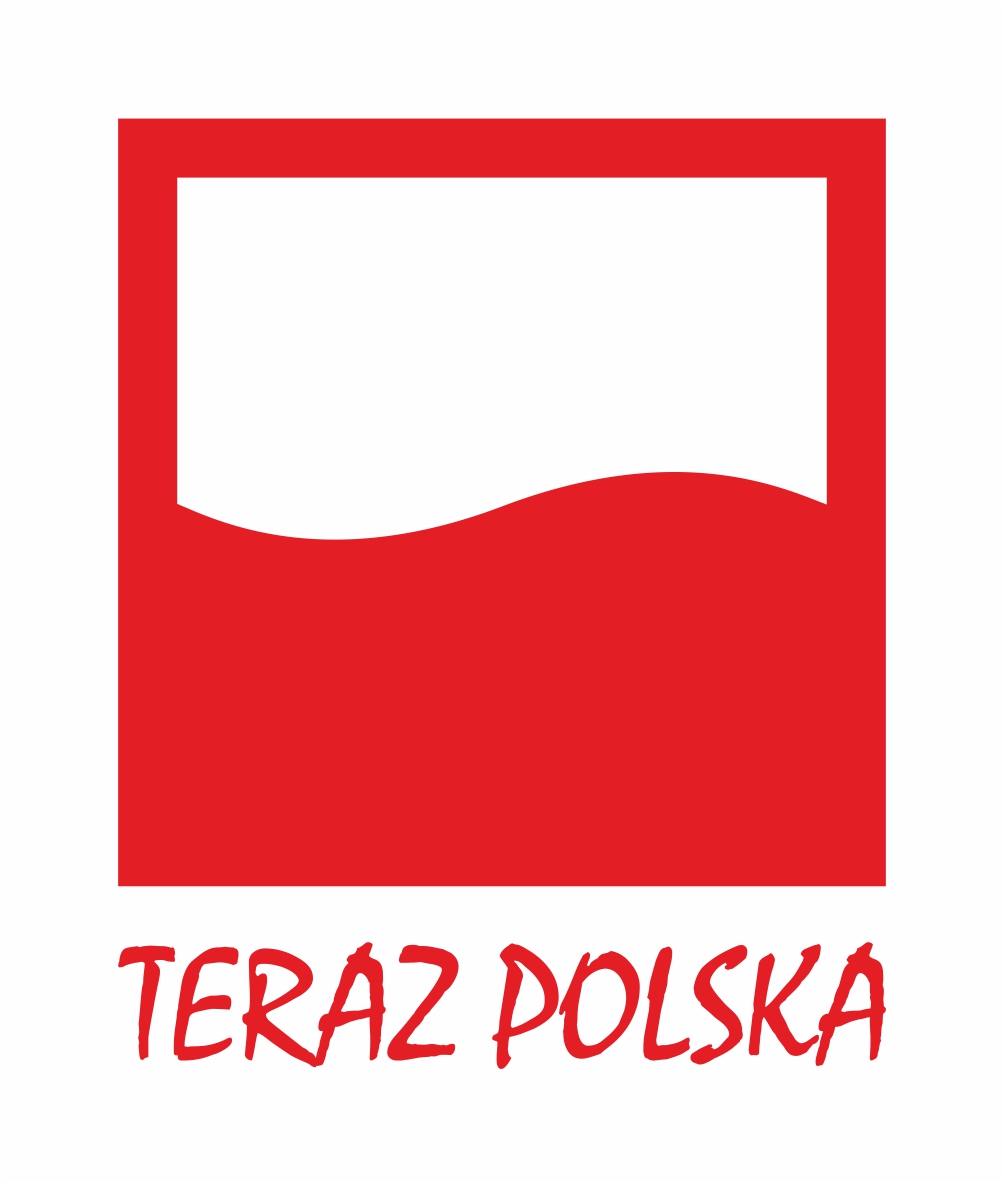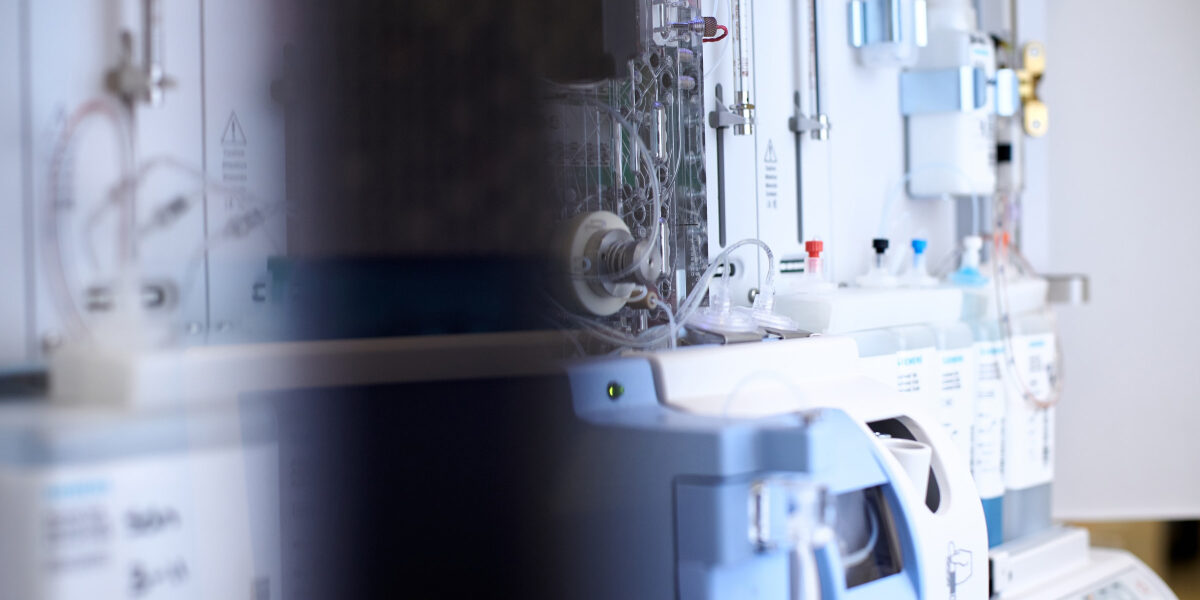This post is also available in: polski (Polish)
From January 1, 2021, Netrix S.A. as a Partner has been carrying out a project co-financed from the European Regional Development Fund under Measure 4.1.4 of the Intelligent Development Operational Program 2014-2020 entitled “System of non-invasive monitoring and diagnosis of functional disorders of the lower urinary tract with the use of electrical and ultrasound tomography”.
Description and aim of the project
Netrix S.A. in cooperation with Lodz University of Technology and the Institute of “Polish Mother’s Health Center” have started carrying out the research project aimed at designing and building a comprehensive innovative technical solution for diagnosis of congenital defects and functional disorders of the urinary system, including a measuring device and a set of sensors attached to special underwear put on the perineal and abdominal area, and in the methodology including examining the patient:
- Electrical Impedance Tomography (EIT) – a non-invasive qualitative and quantitative assessment of the function of the lower urinary tract
- Ultrasound Tomography (UT) – a non-invasive assessment of the urinary system anatomy.
The complexity of the problem requires the development of the hardware part of the dual tomograph and complicated software to analyze the results provided by such tomograph. The diagnostic device will be constructed by Lodz University of Technology and Netrix S.A. The University of Technology has an extensive experience in developing software for tomographic techniques, while Netrix S.A. has experience in building both types of tomographs. The Institute of “Polish Mother’s Health Center” will define the requirements for the innovative solution by conducting laboratory tests and verifying its effectiveness in clinical trials.
Functional disorders of the urinary tract are a common problem in the paediatric population. It is estimated that they may affect more than 20% children up to 5 years of age and 2-4% of adolescents. The lack of non-invasive diagnostic methods of functional and comprehensive analysis of the urinary tract condition reduces the likelihood of a correct diagnosis and effective treatment and may also increase the number of children treated without a clear clinical problem.
Devices for functional diagnosis of urinal tract available in the market are highly invasive. The consequence is up to 60% of unreliable results in the first trial and 40% when repeating the test in the case of urodynamics and 30% for cystography. Other imaging tests such as ultrasound, CT or MRI provide only a static image of the urinary system anatomy without the possibility of assessing its dysfunction. The use of fusion of electrical impedance tomography and ultrasound tomograph seems to be the perfect solution for diagnosing disorders in functioning of the urinary tract, as well as for the assessment of treatment progress. Its advantages are: low invasiveness, long-term assessment of the urinary tract function, relatively low cost of apparatus and the examination itself.
The project presents the participants with a range of research problems and technological challenges:
1. EIT for urological diagnostics – Applying EIT as a non-invasive method of assessing the function of the urinary tract and effects of its rehabilitation treatment is a unique solution on a global scale. There are no other available urological diagnostic solutions of such type. The developed system will allow for continuous, long-term assessment of the current condition of the urinary tract. EIT is a technique sensitive to interference, and it also requires the design of a dedicated measuring electrodes ensuring proper (electrical) contact with patient’s body.
2.UT for urological diagnostics – UT as a non-invasive diagnostic method allows to visualize the internal structures of a body (i.a. muscles, blood vessels and internal organs). UT-based urinary tract diagnostic systems are not present in the global markets. The development of such a system requires solving a range of problems: limited area of the study, dependance on the body structure, difficulties in imaging bone structures and areas filled with gases.
3. Integration of elements of hardware and software – Applying two diagnostic techniques in one device requires not only specialized hardware solutions, but also development of new measurement sequences. The measurements cannot influence one another. The device must be easy to use. It must be also compliant with the regulations related to devices used in diagnostics and therapy.
Integration on the software level provides for image fusion of EIT and UT. It will require the development of new, dedicated algorithms for processing, analysis and visualization of tomographic images.
4. Calibration of measuring systems – For the calibration of the measuring systems in laboratory and clinical conditions, it is necessary to make reference 3D models of tested fragment of a human body. The solution requires the preparation of a mathematical model, the selection of appropriate materials and 3D printing. It constitutes a complex interdisciplinary problem. The construction of models reflecting the dynamics of urine flow is another difficult issue that needs to be solved. The solution is to use the measuring devices allowing to assess the current parameters of flows and control them in real time.
5.The design and development of an IT system supporting urological diagnostics – The system supporting diagnostics will be based on advanced modern algorithms of computational intelligence. On the basis of the collected test results, the system will be responsible for supporting the process of diagnostics of urological diseases and planning individual therapy and rehabilitation dedicated to a specific patient. The developed system is to be a tool supporting the doctor’s work. The system will work on the basis of measurement data from the device constructed as a part of the project and other diagnostic methods.
Specific challenges when building such a system are design and implementation of deep neural network learning algorithms and expansion of the classic approach to deep networks by elements of the fuzzy sets theory and fuzzy logic (deep neural-fuzzy network), which will allow for possible expansion of developed system by the option of interpreting the results of learning processes and/or introducing additional, not necessarily precise, knowledge in the learning process. The Partners are convinced, that such a system may contribute to the development of a reference method in treatment of urinary incontinence and could contribute to guidelines in diagnosing of functional urinary disorders.
The value of the Project is 11, 373, 211.20 PLN
The contribution of the European Union Funds amounts to 9, 885, 484.95 PLN



